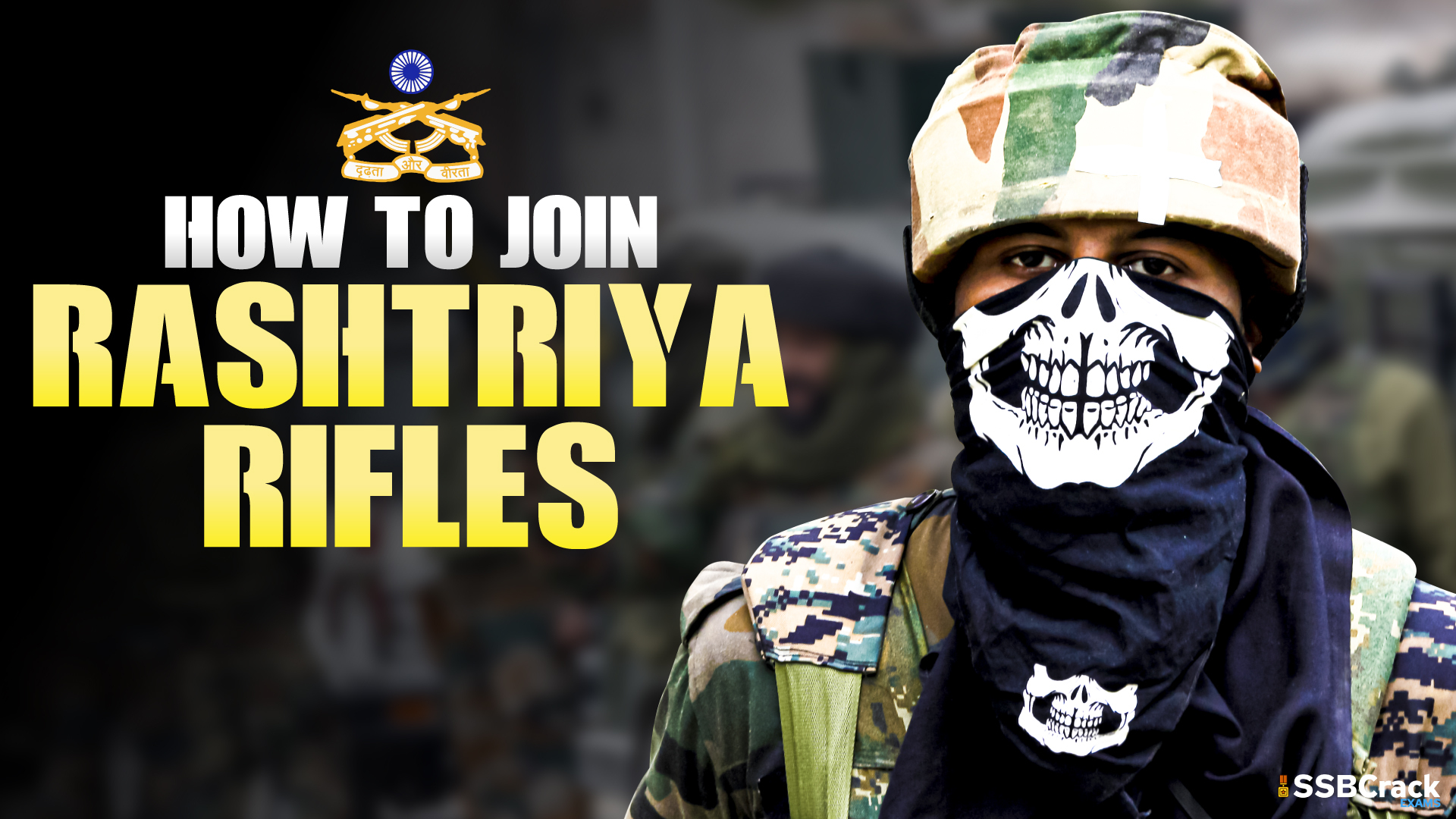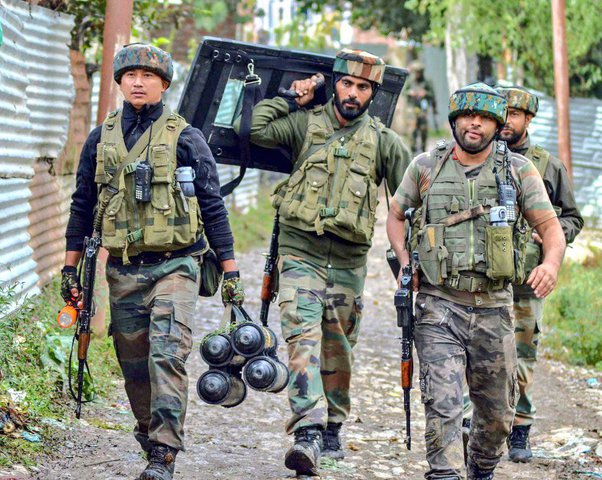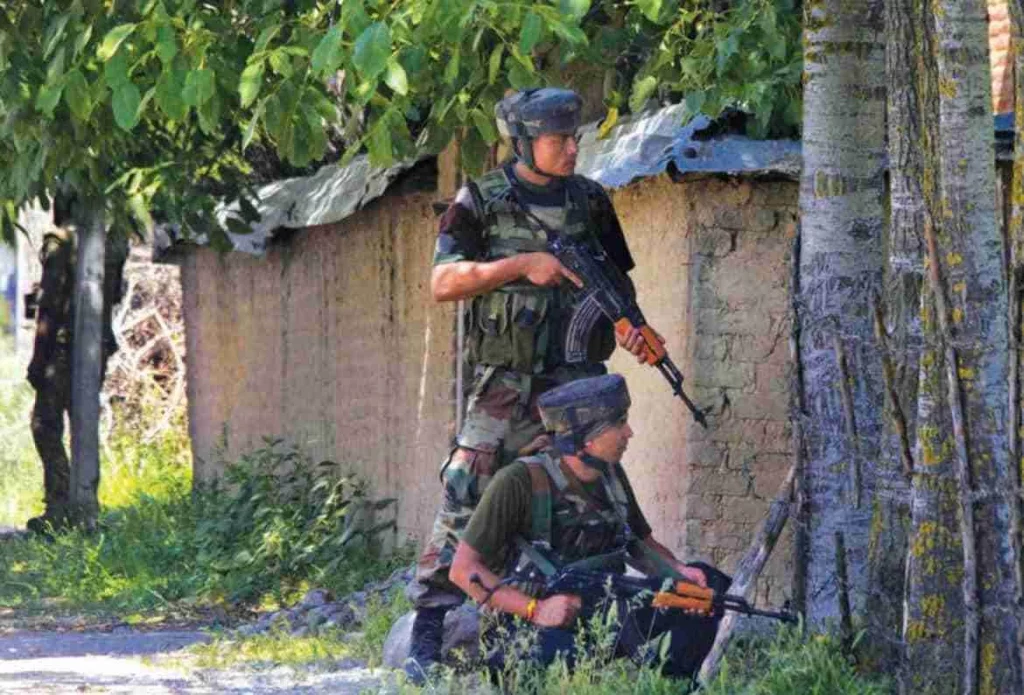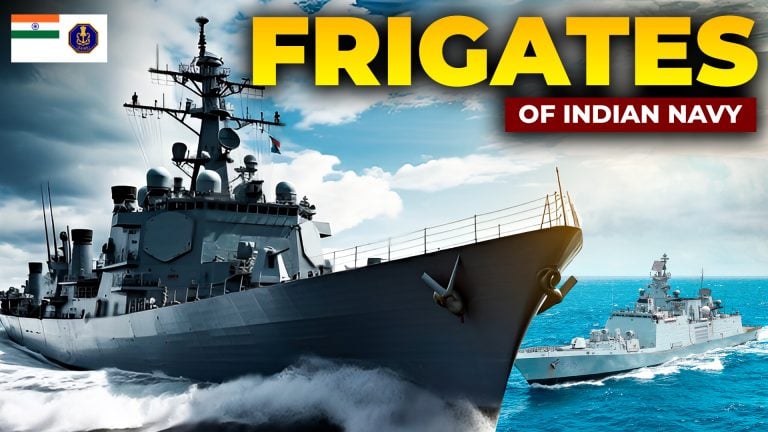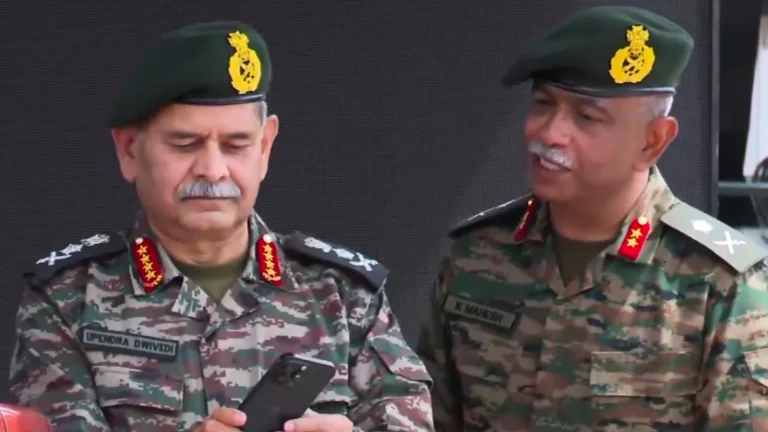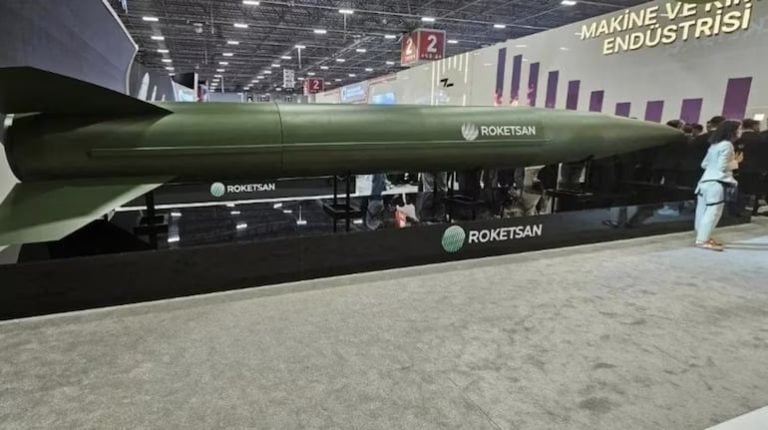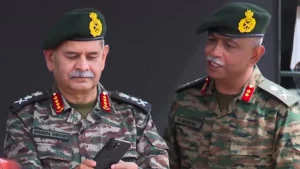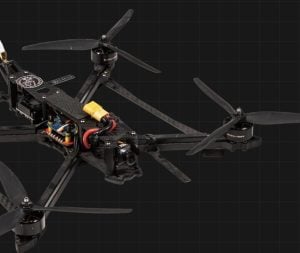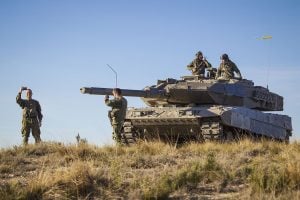The Rashtriya Rifles (RR), established in 1990, is the Indian Army’s premier counter-insurgency force, specifically designed to combat militancy and terrorism in Jammu and Kashmir, and occasionally deployed in other regions of India. Known for its operational efficiency, specialized training, and commitment to national security, the RR is a coveted posting within the Indian Army, offering personnel unique challenges, enhanced pay, and the opportunity to serve in one of the most critical roles in India’s defence framework. This article provides a comprehensive, step-by-step guide on how to join the Rashtriya Rifles, detailing eligibility criteria, training, selection processes, and key considerations for aspiring candidates.
Understanding the Rashtriya Rifles
Before delving into the process of joining the Rashtriya Rifles, it’s essential to understand its role, structure, and significance:
- Formation and Purpose: The RR was created in response to the escalating insurgency in Jammu and Kashmir during the late 1980s and early 1990s. Approved by then-Prime Minister Vishwanath Pratap Singh, the force was conceptualized as a specialized unit to relieve the Indian Army’s regular formations from prolonged internal security duties while maintaining combat readiness for conventional warfare. The RR operates under the Ministry of Defence and is headquartered at Northern Command in Udhampur, led by an Additional Directorate General (ADG RR) of Lieutenant General rank.
- Structure: The RR comprises approximately 65 battalions, organized under five Counter Insurgency Force (CIF) headquarters: Romeo Force (Rajouri and Poonch), Delta Force (Doda), Victor Force (Anantnag, Pulwama, Shopian, Kulgam, and Budgam), Kilo Force (Kupwara, Baramulla, and Srinagar), and Uniform Force (Udhampur and Banihal). Each CIF is commanded by a Major General and operates in specific sectors of Jammu and Kashmir.
- Composition: Unlike regular Army units, the RR is a composite force, drawing personnel from various arms and services of the Indian Army, including infantry (50% of personnel), Army Service Corps, Corps of Signals, and Corps of Electronics and Mechanical Engineers, among others. Personnel are typically deputed for 2-3 years, ensuring a blend of experience and specialized skills.
- Role and Achievements: The RR conducts counter-insurgency operations, cordon-and-search missions, intelligence gathering, and area domination. It has neutralized over 16,000 terrorists since its inception, including 8,522 killed and 6,737 apprehended as of 2015. Beyond combat, the RR engages in civic initiatives like Operation Sadbhavana, which focuses on community development through education, healthcare, and infrastructure projects.
- Incentives: RR personnel receive 25% higher pay than regular Army personnel, along with additional benefits, making it a sought-after deputation.
Joining the RR is not a direct recruitment process; it requires prior service in the Indian Army. Below is a detailed guide to the pathway for becoming part of this elite force.
The RR units come under five “Counter Insurgency Force” (CIF) HQs. Each CIF is responsible for an area of the Kashmir Valley and Jammu Division.
- Counter Insurgency Force (CIF) R / Romeo Force – Rajouri and Poonch
- Counter Insurgency Force (CIF) D / Delta Force – Doda
- Counter Insurgency Force (CIF) V / Victor Force – Anantnag, Pulwama, Shopian, Kulgam, and Budgam
- Counter Insurgency Force (CIF) K / Kilo Force – Kupwara, Baramulla, and Srinagar
- Counter Insurgency Force (CIF) U / Uniform Force – Udhampur and Banihal
Victor Force and Kilo Force come under the operational control of XV Corps. Delta Force, Romeo Force, and Uniform Force come under the operational control of XVI Corps.
The areas covered by the Counter Insurgency Forces are themselves divided into sectors:
- Sector 1 – Anantnag district
- Sector 2 – Kulgam district
- Sector 3 – Manasbal Lake
- Sector 4 – Doda district
- Sector 5 – Baramulla district
- Sector 6 – Poonch district
- Sector 7 – Kupwara district
- Sector 8 – Kupwara district
- Sector 9 – Kishtwar district
- Sector 10 – Baramulla district
- Sector 11 – Banihal
- Sector 12 – Budgam district
RR comprises 65 battalions. Known RR battalion affiliations include:
- 1 RR – Mahar Regiment
- 2 RR – Sikh Light Infantry
- 3 RR – Jammu & Kashmir Rifles
- 4 RR – Bihar Regiment
- 5 RR – Jat Regiment
- 7 RR – Punjab Regiment
- 9 RR – Rajputana Rifles
- 10 RR – Rajput Regiment
- 11 RR – Dogra Regiment
- 12 RR – The Grenadiers
- 13 RR – Kumaon Regiment
- 14 RR – Garhwal Rifles
- 15 RR – 1 Gorkha Rifles
- 17 RR – Maratha Light Infantry
- 19 RR – Sikh Light Infantry
- 20 RR – Dogra Regiment
- 21 RR – Brigade of the Guards
- 22 RR – Punjab Regiment
- 23 RR – Rajput Regiment
- 24 RR – Bihar Regiment
- 25 RR – Army Air Defence
- 26 RR – Kumaon Regiment
- 27 RR – Maratha Light Infantry
- 28 RR – Jammu & Kashmir Rifles
- 29 RR – The Grenadiers
- 30 RR – Mahar Regiment
- 31 RR – Parachute Regiment
- 32 RR – 3 Gorkha Rifles
- 34 RR – Jat Regiment
- 35 RR – Assam Regiment
- 36 RR – Garhwal Rifles
- 37 RR – Punjab Regiment
- 38 RR – Madras Regiment
- 39 RR – The Grenadiers
- 40 RR- Dogra and Artillery
- 41 RR – Maratha Light Infantry
- 42 RR – Assam Regiment
- 44 RR – Rajput Regiment
- 45 RR – Jat Regiment
- 46 RR – Sikh Regiment
- 47 RR – Bihar Regiment
- 48 RR – Garhwal Rifles
- 50 RR – Kumaon Regiment
- 51 RR – Mahar Regiment
- 52 RR – Jammu & Kashmir Rifles
- 53 RR – Punjab Regiment
- 55 RR – The Grenadiers
- 56 RR – Maratha Light Infantry
- 59 RR – Assam Regiment
- 60 RR – Naga Regiment
- 61 RR – Jat Regiment
- 62 RR – Dogra Regiment
- 63 RR -Bihar Regiment
Step-by-Step Process to Join the Rashtriya Rifles
1. Join the Indian Army
The Rashtriya Rifles does not have direct recruitment. To serve in the RR, individuals must first enlist in the Indian Army as either a soldier (Jawan) or an officer. This is the foundational step, as all RR personnel are deputed from existing Army units, primarily infantry regiments.
For Officers:
- Eligibility: Candidates must be Indian citizens, typically aged 17.5-23 for the National Defence Academy (NDA) or 19-25 for the Combined Defence Services (CDS) examination, and meet educational requirements (e.g., 10+2 for NDA, graduation for CDS).
- Entry Routes:
- National Defence Academy (NDA): Clear the UPSC NDA exam, followed by the Services Selection Board (SSB) interview. Successful candidates undergo three years of training at NDA, followed by one year at the Indian Military Academy (IMA) before commissioning as a Lieutenant.
- Combined Defence Services (CDS): Clear the UPSC CDS exam and SSB interview, followed by training at IMA for graduates.
- Technical Entry Scheme (TES) or Short Service Commission (SSC): For technical or non-permanent commission roles, candidates can apply through specific entries requiring engineering degrees or other qualifications.
- Officers Training Academy (OTA): For Short Service Commission, candidates undergo training at OTA, Chennai, after clearing the CDS or SSC exams and SSB.
- SSB Interview: The SSB is a rigorous five-day selection process assessing intelligence, personality, and leadership through tests like psychological assessments, group tasks, and interviews. Preparation through coaching or self-study is recommended.
For Soldiers (Jawans):
- Eligibility: Candidates must be Indian citizens, aged 17.5-23, with educational qualifications ranging from 10th to 12th standard, depending on the trade (e.g., General Duty, Clerk, Technical).
- Recruitment Process:
- Apply through Indian Army recruitment rallies or online applications via joinindianarmy.nic.in.
- Clear physical fitness tests (running, push-ups, sit-ups, etc.), medical examinations, and a written exam (Common Entrance Examination, CEE).
- Undergo training at respective regimental centers (e.g., Rajputana Rifles, Gorkha Regiment, Maratha Light Infantry).
2. Assignment to an Infantry Regiment or Other Arms
Upon commissioning (for officers) or completing training (for soldiers), personnel are assigned to an Army regiment or corps. Each infantry regiment in the Indian Army, such as the Rajputana Rifles, Gorkha Regiment, or Maratha Light Infantry, contributes at least two battalions to the RR. Non-infantry personnel from arms like Artillery, Signals, or Army Service Corps may also be deputed, with infantry providing 50% of RR manpower and other arms/services contributing the rest.
- Infantry Regiments: Assignment to regiments like the Maratha Light Infantry, which has four RR battalions (17, 27, 41, and 56 RR), increases the likelihood of RR deputation due to their significant contribution.
- Service Duration: Personnel typically serve in their parent regiment for a few years, gaining operational experience and building a strong service record, which is critical for RR selection.
3. Deputation to Rashtriya Rifles
After serving in a regiment, eligible personnel may be selected for deputation to the RR for a tenure of 2-3 years. This process is not automatic and depends on several factors:
- Selection Criteria:
- Merit and Performance: Selection is based on an individual’s service record, operational experience, and performance evaluations. Officers and soldiers with proven competence in high-pressure environments are prioritized.
- Volunteering: While deputation is often mandatory within regiments with RR battalions, volunteering for RR service is common due to the 25% pay increase and additional benefits.
- Regimental Affiliation: Since each infantry regiment maintains RR battalions, personnel from those regiments are more likely to be deputed. For example, the Maratha Regiment’s contributions to RR units are notable for their operational success.
- Operational Needs: The RR’s requirements for specific skills or roles (e.g., intelligence, urban warfare expertise) influence selections.
- Tenure: Deputation typically lasts 2-3 years, after which personnel return to their parent regiment or corps.
4. Pre-Induction Training at Corps Battle School
Selected personnel undergo specialized pre-induction training at the Corps Battle School in Sarol and Bhalra, Jammu and Kashmir, for approximately four weeks. This training is tailored to prepare soldiers and officers for the unique demands of counter-insurgency operations:
- Training Focus:
- Counter-Insurgency Tactics: Techniques for cordon-and-search operations, area domination, and neutralizing threats.
- Urban Warfare and Room Clearing: Skills for operating in hostile urban and semi-urban environments.
- Guerrilla and Jungle Warfare: Training to counter ambushes and navigate challenging terrains.
- Weapon Handling: Emphasis on trigger discipline and efficient ammunition use, with the AK-47 as the primary weapon, reflected in the RR’s motto, “Ek Goli Ek Dushman” (One Bullet, One Enemy).
- Human Rights and Community Engagement: Training to balance operational objectives with respect for human rights and building trust with local populations, a key aspect of RR’s ethos under Operation Sadbhavana.
- Physical and Mental Preparation: The training is physically demanding and emphasizes mental resilience, as RR personnel operate in high-risk, volatile environments.
5. Deployment to Rashtriya Rifles Battalions
After training, personnel are assigned to one of the 65 RR battalions, stationed in sectors across Jammu and Kashmir or, in some cases, other regions like Ladakh (e.g., Uniform Force’s redeployment in 2020 to counter Chinese aggression). Assignments are based on operational needs and the individual’s regiment or corps affiliation.
- Operational Roles:
- Conducting counter-insurgency and counter-terrorism operations.
- Gathering intelligence through local networks and collaboration with agencies like the Jammu and Kashmir Police and CRPF.
- Engaging in civic initiatives like medical camps, educational programs, and infrastructure development to win local support.
- Maintaining law and order under the Armed Forces (Jammu and Kashmir) Special Powers Act, 1990 (AFSPA), which grants powers for search, arrest, and detention.
- Challenges: Personnel face intense combat situations, psychological stress, and the need to navigate complex socio-political dynamics while maintaining professionalism and ethical conduct.
Eligibility Criteria
To summarize the eligibility requirements for RR deputation:
- Prior Service: Must be an active Indian Army soldier or officer, typically from an infantry regiment, though personnel from other arms (e.g., Artillery, Signals) are also eligible.
- Age and Fitness: No specific age limit for deputation, but candidates must meet the Army’s physical and medical standards.
- Service Record: A strong performance record, with preference for those with operational experience.
- Training: Completion of pre-induction training at the Corps Battle School is mandatory.
Challenges and Considerations
Joining the RR is a challenging yet rewarding endeavor. Aspiring candidates should consider:
- Competitive Recruitment: The Indian Army’s recruitment process is highly competitive, requiring rigorous preparation for exams, physical tests, and SSB interviews.
- High-Risk Environment: RR operations involve direct combat with militants, requiring mental and physical resilience. The controversial AFSPA has also led to allegations of human rights violations, necessitating adherence to ethical standards.
- Community Engagement: RR personnel must balance combat roles with building trust among locals, which demands cultural sensitivity and interpersonal skills.
- Training Rigor: The Corps Battle School training is intensive, designed to prepare personnel for the unique demands of counter-insurgency warfare.
Benefits of Serving in the Rashtriya Rifles
- Financial Incentives: 25% higher salary than regular Army personnel, plus additional allowances.
- Operational Prestige: The RR is considered an elite force, with over 500 gallantry awards by its eighth anniversary, reflecting its high operational tempo and recognition.
- Career Enhancement: RR service enhances a soldier’s or officer’s resume, showcasing specialized skills and experience in high-stakes operations.
- Civic Impact: Participation in Operation Sadbhavana allows personnel to contribute to community development, fostering goodwill and national integration.
Preparation Tips
- Physical Fitness: Maintain peak physical condition through regular exercise, focusing on endurance, strength, and agility to meet Army standards.
- SSB Preparation: For officers, invest in SSB coaching or self-study to excel in psychological tests, group tasks, and interviews. Resources like SSBCrackExams or Testbook offer valuable guidance.
- Mental Resilience: Develop mental toughness through stress management techniques, as RR operations involve high-pressure situations.
- Knowledge of J&K: Familiarize yourself with the socio-political context of Jammu and Kashmir to understand the RR’s operational environment.
- Networking: Engage with serving or retired Army personnel to gain insights into regimental life and RR deputation.
Conclusion
Joining the Rashtriya Rifles is a prestigious and challenging career path that requires dedication, resilience, and a commitment to national service. As a specialized counter-insurgency force, the RR offers unique opportunities to serve in one of India’s most volatile regions while contributing to both security and community development. The journey begins with enlisting in the Indian Army, serving in a regiment, and earning a deputation through merit and experience. With rigorous training, financial incentives, and the chance to make a tangible impact, the RR remains a cornerstone of India’s internal security framework and a testament to the Indian Army’s adaptability and professionalism.
For those aspiring to join, preparation is key—focus on physical fitness, mental resilience, and a deep understanding of the Army’s recruitment processes. By following the steps outlined in this guide, you can position yourself for a rewarding tenure with the Rashtriya Rifles, serving as part of India’s finest military experiment.
Also read:
